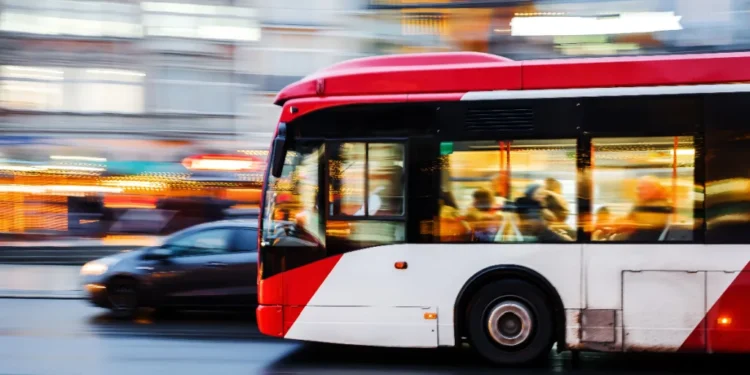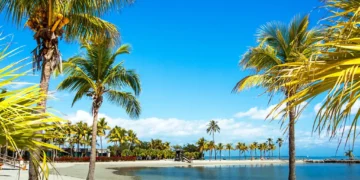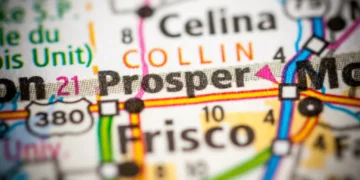Navigating the urban landscape can be a complex endeavor, but with the comprehensive guide to public transportation in the US, the journey becomes significantly more accessible. Public transportation in the US plays a pivotal role in connecting communities and facilitating seamless travel experiences. From bustling metropolises to suburban neighborhoods, understanding the intricacies of public transportation in the US is essential for both residents and visitors alike.
This guide delves into the various modes of public transportation in the US, encompassing buses, trains, subways, and more. The best public transportation in the US offers an eco-friendly alternative to private vehicles and presents an opportunity to explore cities conveniently and efficiently. Whether navigating the iconic subway systems of New York City or utilizing bus networks in smaller towns, this guide equips you with the knowledge needed to traverse the diverse urban landscapes throughout the country.
Discover tips on route planning, fare systems, and time schedules, ensuring a seamless experience while utilizing public transportation in the US. Embracing the convenience and sustainability of public transportation in the US opens up a world of possibilities, making every journey an opportunity to explore, connect, and experience American urban life. If you are into sustainable traveling, public transportation in the US should concern you.
Who relies on public transportation in the US?
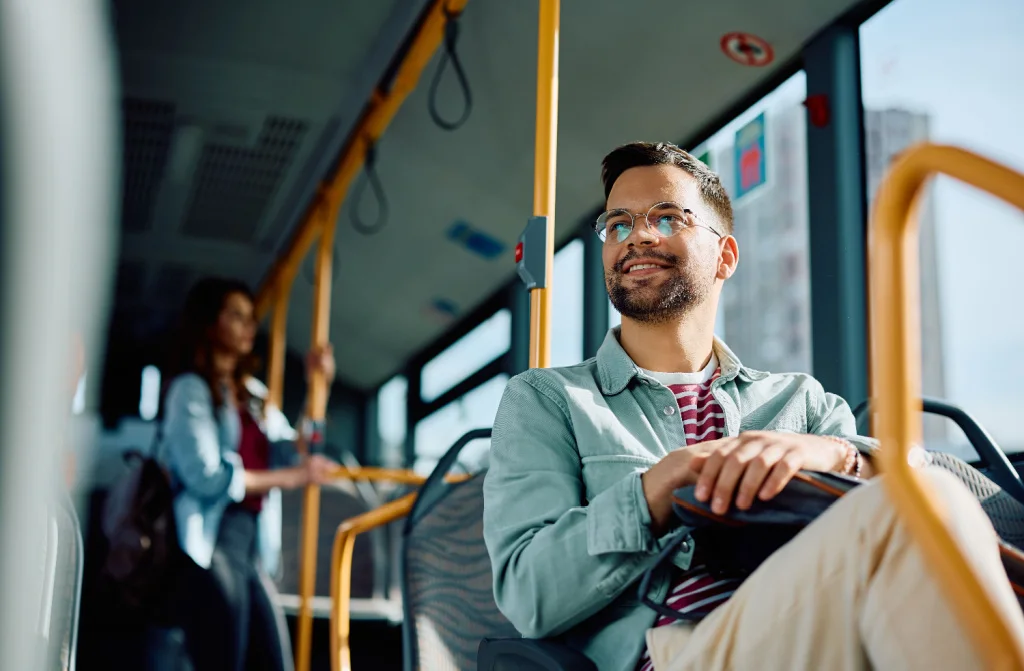
Public transportation in the US serves as a vital component of the daily lives of millions of Americans, offering a means of commuting that extends beyond individual car ownership. According to the U.S. Census Bureau, in 2019, only approximately 5 percent of all workers in the United States relied on public transportation for their daily commute. Analyzing this data unveils distinct patterns, shedding light on the demographics of those who predominantly embrace public transit.
Significant cities, often characterized by a growing population, showcase a higher prevalence of public transportation use. New York, Chicago, and San Francisco stand out as prime examples, with robust transit systems catering to the needs of residents and workers alike. However, the reliance on public transportation varies based on whether an area is deemed a “transit-heavy metro area” or not.
When delving into specific demographic groups, it becomes evident that certain population segments are more inclined to depend on public transportation. Women, young adults aged 25 to 29, Black workers, and low-income individuals emerge as critical demographics with a higher reliance on public transit for their daily commute. These groups often face unique challenges, and public transportation provides them with a more accessible and cost-effective mode of travel.
The intersectionality of race and economic status plays a crucial role in shaping public transportation reliance. Black workers and low-income individuals are more likely to utilize public transit, highlighting the significance of these systems in addressing mobility challenges within marginalized communities. Access to reliable and affordable public transportation in the US can contribute to bridging economic disparities and fostering inclusivity.
Additionally, the lack of access to public transportation in the US has significant implications for specific demographics, particularly older people and individuals with disabilities. The absence of accessible transit options can limit mobility, isolating these populations and hindering their ability to engage fully in community activities. Consequently, the importance of inclusive public transportation systems becomes paramount in ensuring equal opportunities for all members of society.
Challenges the public transportation in the US face
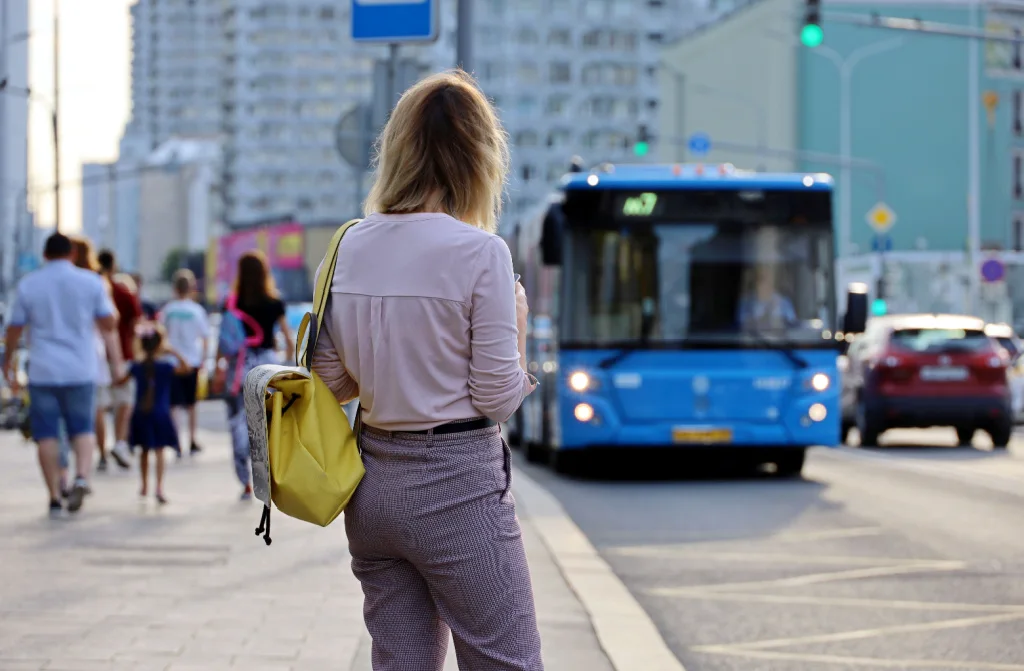
Public transportation in the US needs more funding, hindering its ability to modernize and expand. Insufficient financial support has resulted in aging infrastructure, outdated vehicles, and limited service coverage, leaving many areas underserved. This funding shortfall impacts the quality of existing services and hampers efforts to introduce sustainable and innovative solutions.
The geographical vastness of the United States poses another significant hurdle for public transportation. Unlike densely populated European cities with well-established public transit networks, the sprawling nature of many US cities and regions makes it challenging to create comprehensive and efficient systems. The need for extensive coverage to accommodate diverse populations often clashes with the realities of available resources.
Public transportation in the US also needs to work on issues related to reliability and punctuality. Overcrowded buses and trains and inconsistent scheduling contribute to delays and inconvenience for passengers. This unreliability can deter potential users, further exacerbating the challenges faced by the system.
Inadequate integration and coordination among different modes of public transportation in the US add another layer of complexity. Many regions need more seamless connections between buses, trains, and other transit options, forcing passengers to navigate disjointed systems. This lack of integration inconveniences riders and hinders the system’s ability to provide a viable alternative to private vehicle usage.
Accessibility remains a critical concern for public transportation in the US, particularly for individuals with disabilities. Insufficient accommodations, such as wheelchair-accessible vehicles and stations, limit the inclusivity of the system. Addressing these accessibility challenges is essential to ensuring that public transportation is viable for everyone, regardless of physical ability.
Environmental sustainability is increasingly recognized as a pressing issue globally, and public transportation in the US is no exception. The reliance on fossil fuels, coupled with outdated infrastructure, contributes to environmental degradation. Overcoming this challenge requires significant investment in eco-friendly technologies and infrastructure to promote a more sustainable future for public transportation in the US.
Navigating public transportation in the US: Tips for success
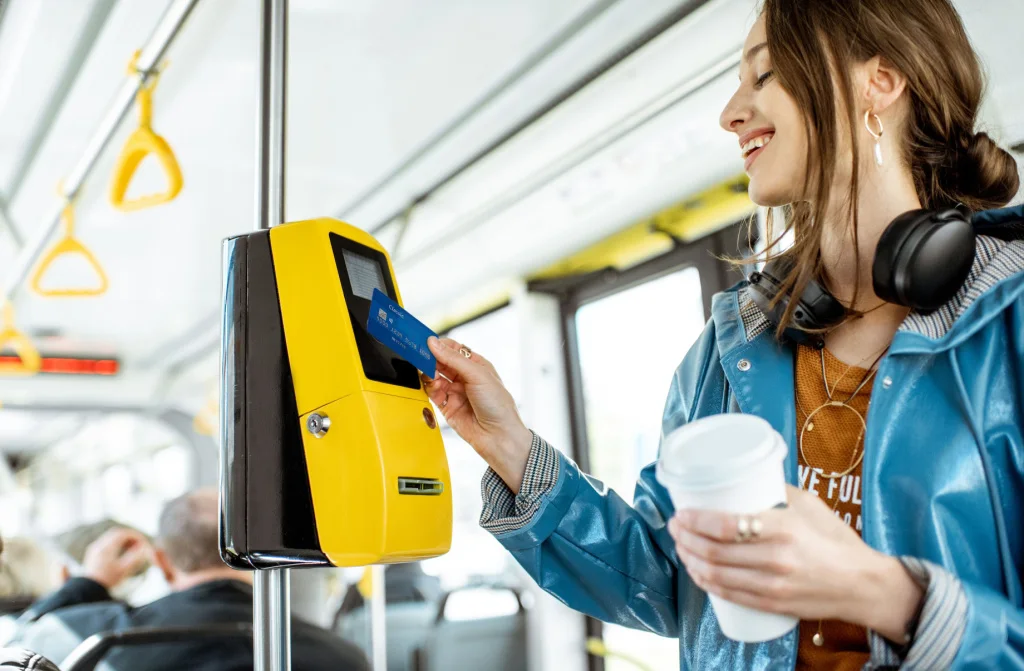
Before embarking on your journey, research the local public transportation options. Familiarize yourself with routes, schedules, and any relevant fare information. Many cities have online trip planners or mobile apps that provide real-time updates, making it easier to plan your routes efficiently.
Most major cities offer smart cards or transit passes that provide a hassle-free way to pay for your rides. These cards often offer discounted fares, saving you from fumbling with cash or coins. Purchase and load your card in advance to streamline your transit experience.
Different cities have various fare systems, including flat rates, zone-based fares, or distance-based pricing. Be aware of how the system works in your location to avoid overpaying. Some areas offer day passes or unlimited ride options for more cost-effective commuting.
Public transportation in the US relies on a strict schedule (at least in theory). Arrive at your stop or station a few minutes early to ensure you get your ride. It’s also crucial to know the schedule, especially during peak hours or weekends when transit frequency may vary.
Many transit agencies have dedicated mobile apps providing real-time updates, route maps, and service alerts. Downloading these apps can help you stay informed about any delays, disruptions, or changes to your planned route.
Feel free to seek assistance from transit personnel or fellow commuters if you need clarification on something. Transit staff and regular riders are often happy to offer guidance on navigating the system, choosing the correct route, or understanding local nuances.
Be mindful of your surroundings and adhere to safety guidelines. Keep personal belongings secure, especially in crowded areas. Familiarize yourself with emergency procedures and exits, ensuring you’re prepared in case of unexpected situations.
Suppose your journey involves transfers between different modes of transportation; plan for sufficient time between connections. Understanding transfer points and having a backup plan in case of delays will help you navigate smoothly.
Public transportation services may experience delays or disruptions due to maintenance, weather, or unforeseen events. Stay informed about service alerts through announcements, mobile apps, or transit agency websites to adjust your plans accordingly.
Depending on your location, explore other transportation options, such as bike-sharing, rideshares, or walking. Combining different modes of transportation can provide flexibility and convenience for your journey.
Author’s conclusion
In closing, navigating the urban jungle becomes a breeze with your trusty guide to public transportation in the US. This comprehensive resource isn’t about bus routes and subway lines – it’s about weaving your story into the fabric of city life. Public transportation in the US has become more than a means of getting from point A to B; it’s a journey of discovery and connection.
Picture yourself confidently boarding a bus, armed with insights into schedules and fare structures, making the most of your daily commute. With each ride, you’re not just a passenger but an active participant in a community striving for efficiency and sustainability. Your choice to embrace public transportation in the US isn’t just about personal convenience; it’s a collective step towards reducing traffic congestion and building a more interconnected urban landscape.
So, as you navigate city streets and subway platforms, remember that this guide is your companion, transforming the mundane into a personal adventure while contributing to the greater fabric of public transportation in the US.


